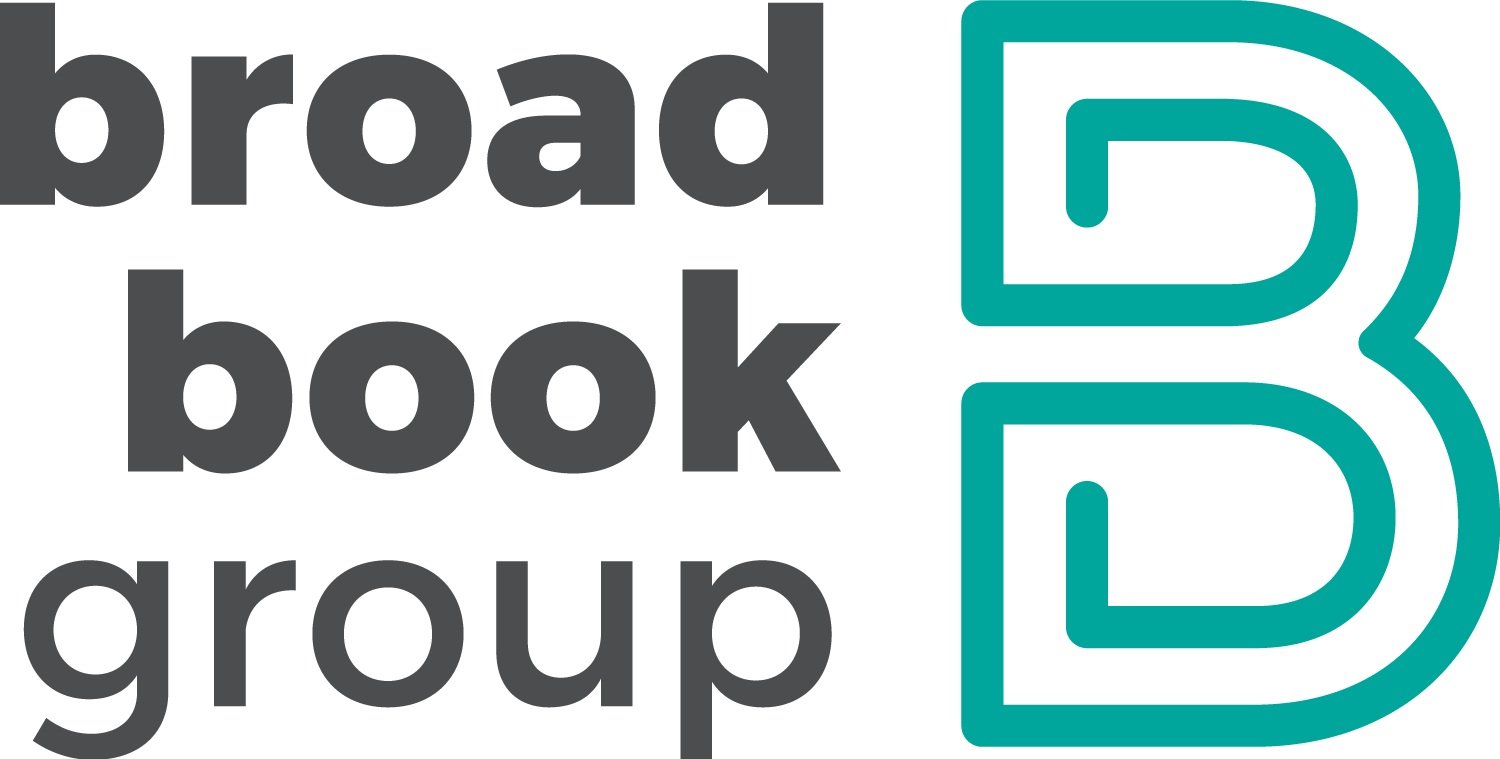Maximizing Your Audience Reach
Creating a Successful Content Ecosystem for Non-Fiction Books
In today's digital age, writing a non-fiction book is just the beginning of your journey as an author. To truly maximize your audience reach, it's crucial to create a content ecosystem that extends beyond the book itself. We talked through this concept in an episode of the Pub Date Podcast (check out the episode below) and we wanted to share the five main points from that chat here.
1. Going Beyond the Book to Build a Content Ecosystem: The first step in maximizing audience reach is recognizing that your book is a part of a larger content ecosystem. This includes ancillary products such as podcasts, webinars, online courses, and speaking engagements. Leveraging your book's content and main ideas into various formats can significantly expand your reach and engage different audiences.
2. Creating Ancillary Products and Extending Your Book’s Life: Creating ancillary products is a strategic way to keep your content fresh and relevant. For instance, turning chapters or themes of your book into a podcast series allows you to delve deeper into specific topics and reach audiences who prefer audio content. Additionally, workbooks, journals, and mini-eBooks can provide interactive experiences for your readers and can be a great lead-gen tool.
3. Revisions and Updates to Keep Content Current: For non-fiction authors, especially in rapidly evolving fields, updating your book is essential. A rule of thumb is to add at least 25-30% new content for a book to qualify as a new edition that gets published. This could be in the form of updated research, new chapters, or revised visuals. Keeping your content up-to-date not only maintains its relevance but also provides a reason for readers to buy the latest edition. If the topic of your book is in tech or social media platforms, consider covering the basics and overall strategies in the printed book and maintaining a webpage with updates.
4. Marketing Strategies that Promote New Editions: When releasing a new edition or related book, marketing plays a crucial role. Differentiating the new edition with a distinct cover design and clearly communicating the updates or new content is key. Highlighting awards, new chapters, or current information can make the new edition more appealing and drive sales.
5. Legal and Trademark Considerations: If you plan on creating a series or a brand out of your book, consider the legal aspects, such as trademarking key elements. This protects your work and gives you the freedom to expand your content ecosystem in various directions without legal concerns.
Bottom line, the journey of a non-fiction book doesn’t end with its publication. It’s the start of an opportunity to build a content ecosystem that can continuously evolve and expand. By leveraging different formats, updating content, employing strategic marketing, and considering legal aspects, authors can significantly increase their audience reach and impact. The insights from the Pub Date Podcast episode underscore the importance of thinking beyond the book to create a successful content ecosystem that resonates with and grows your audience.
Click play on below to listen in!
